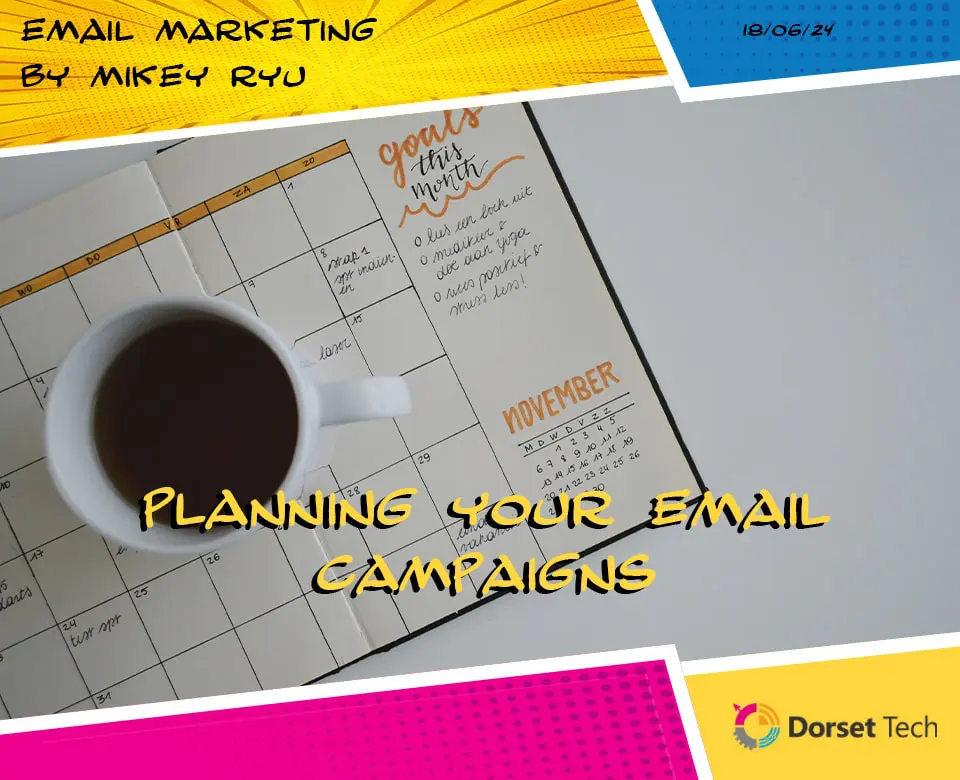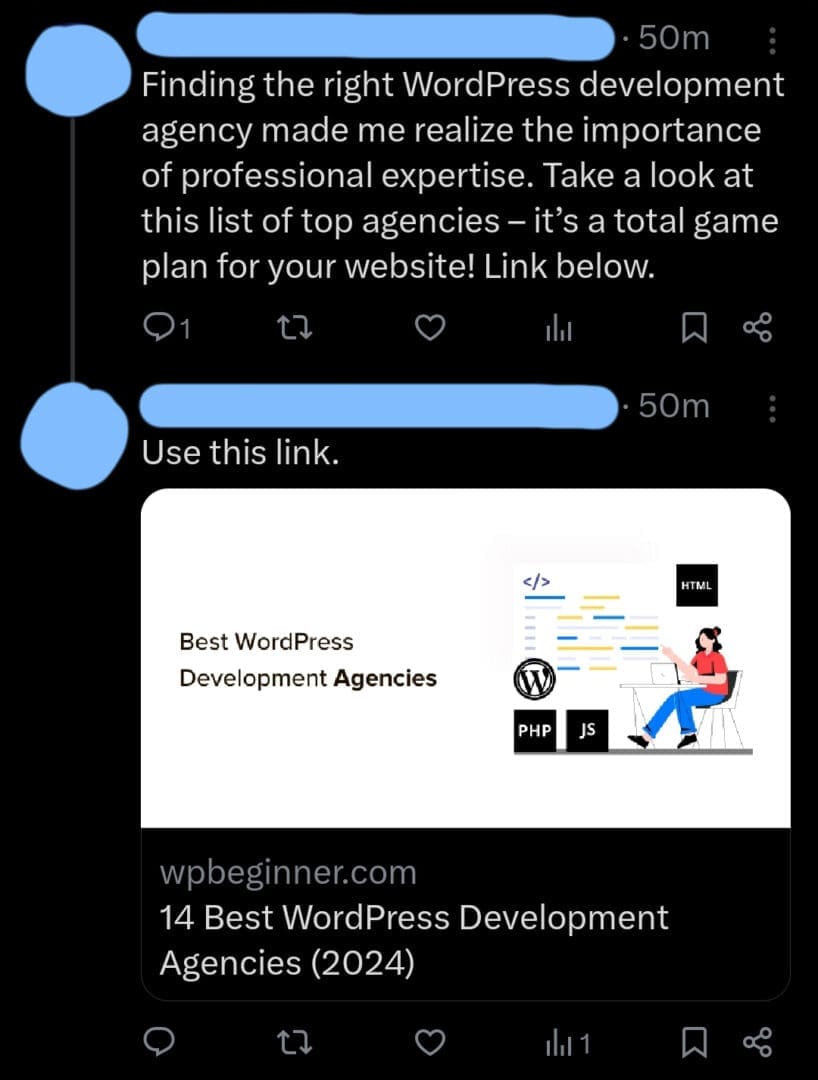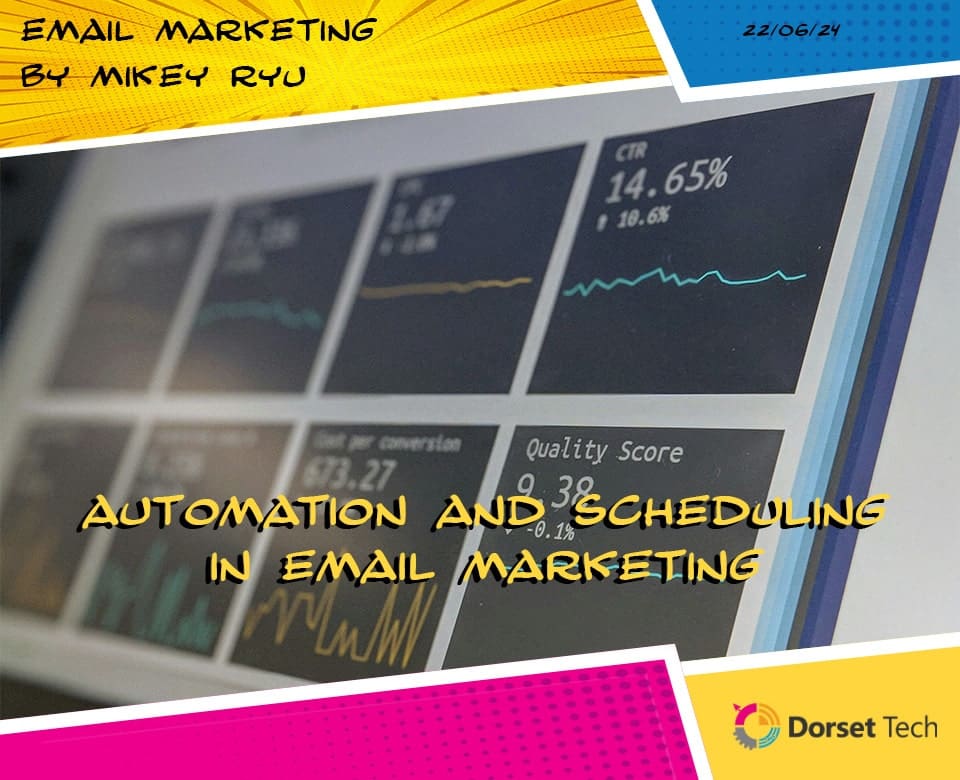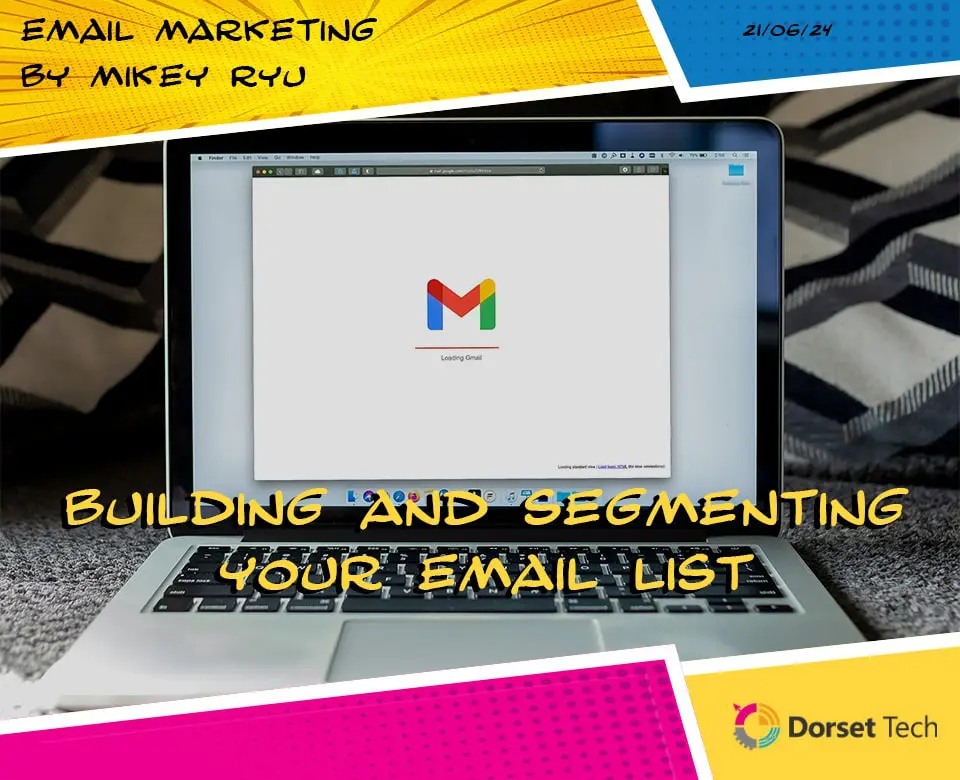
Planning Your Email Campaign
Email marketing is one of the most powerful tools at a marketer’s disposal. With its ability to reach a vast audience directly and personally, it offers unique advantages over other marketing channels. However, the key to unlocking its full potential lies in meticulous planning. A well-crafted email campaign not only drives engagement and conversions but also fosters long-term customer loyalty. In this blog, we will delve into the essential steps for planning an effective email campaign, from setting clear objectives to measuring success, and ensuring that your efforts yield the best possible results.
The Importance of Planning in Email Campaigns
Planning is the cornerstone of any successful email campaign. It involves setting clear objectives, understanding your audience, crafting compelling messages, and designing engaging emails. Proper planning ensures that your emails are targeted, relevant, and timely, which can significantly increase engagement rates and conversions.
Setting Clear Objectives
Setting clear objectives is the first step in planning your email campaign. Your objectives should align with your overall business goals and provide a roadmap for your campaign. Common objectives for email campaigns include:
- Increasing brand awareness
- Driving traffic to your website
- Generating leads
- Boosting sales and revenue
- Enhancing customer retention
- Gathering customer feedback
Each objective requires a tailored approach and specific metrics to measure success.
Defining Your Campaign Goals
Once you have set your objectives, it’s essential to define specific, measurable goals for your campaign. These goals should be SMART (Specific, Measurable, Achievable, Relevant, Time-bound). For example, if your objective is to boost sales, a SMART goal could be “Increase online sales by 20% over the next three months through a series of promotional emails.”
Understanding Your Audience
Knowing your audience is critical to the success of your email campaign. Understanding their needs, preferences, and behaviours allows you to create more relevant and engaging content. Start by analysing your existing customers and segmenting your audience based on various criteria such as demographics, purchase history, and engagement levels.
Identifying and Segmenting Your Target Audience
Segmentation is a powerful strategy that allows you to tailor your emails to different audience groups. By dividing your email list into smaller segments, you can send more personalized and relevant messages. Common segmentation criteria include:
- Demographics (age, gender, location)
- Behavioral data (purchase history, website activity)
- Engagement levels (open rates, click-through rates)
- Preferences and interests
Segmentation helps improve open rates, click-through rates, and overall campaign effectiveness.
Crafting Your Message
The content of your emails is crucial in capturing your audience’s attention and driving action. Your message should be clear, compelling, and aligned with your campaign goals. Here are some key elements to consider:
- Subject Line: The subject line is the first thing recipients see. It should be engaging and encourage them to open the email.
- Preheader Text: This is the short summary text that follows the subject line in the inbox. It should complement the subject line and provide additional context.
- Body Content: The main content should be relevant, valuable, and tailored to the recipient’s interests. Use clear and concise language, and include a strong call-to-action (CTA).
- Personalisation: Personalise your emails by using the recipient’s name and other relevant information. Personalised emails have higher open and engagement rates.
Key Elements of Effective Email Content
Effective email content is not just about the message but also about how it is presented. Here are some key elements:
- Visuals: Use high-quality images and graphics to make your emails visually appealing.
- Consistency: Ensure your emails are consistent with your brand’s voice and style.
- Relevance: Tailor your content to the needs and preferences of your audience.
- Clarity: Keep your message clear and to the point. Avoid clutter and unnecessary information.
Design and Layout
The design and layout of your emails play a crucial role in readability and engagement. An attractive and well-structured design can enhance the user experience and increase the likelihood of your emails being read. Here are some tips for an engaging and readable design:
- Responsive Design: Ensure your emails are mobile-friendly and look good on all devices.
- Hierarchy and Structure: Use headings, subheadings, and bullet points to break up text and highlight key points.
- Whitespace: Incorporate whitespace to give your design room to breathe and make it easier to read.
- Clear CTA: Make your call-to-action prominent and easy to find.
Tips for an Engaging and Readable Design
Creating an engaging and readable design involves several best practices:
- Consistent Branding: Use your brand’s colors, fonts, and logo consistently.
- Readable Fonts: Choose fonts that are easy to read on all devices.
- Colour Contrast: Ensure sufficient contrast between text and background for readability.
- Visuals and Multimedia: Use relevant images, videos, and infographics to enhance your message but avoid overloading your email with too many visuals.
Scheduling and Timing
Timing is critical in email marketing. Sending your emails at the right time can significantly impact open and engagement rates. Here are some tips for choosing the best time to send your emails:
- Know Your Audience: Understand when your audience is most likely to check their emails. This can vary based on demographics and behaviour.
- Test Different Times: Experiment with sending emails at different times of the day and week to see what works best.
- Consider the Context: Think about the context of your message and when it would be most relevant to your audience.
Choosing the Best Time to Send Your Emails
Finding the optimal send time requires testing and analysis. Here are some general guidelines:
- Weekdays vs. Weekends: Weekdays typically have higher open rates, but weekends can work for certain audiences.
- Morning vs. Evening: Early morning or late afternoon can be effective times, as people are more likely to check their emails during these periods.
- Frequency: Avoid sending too many emails in a short period to prevent email fatigue.
Measuring Success
Measuring the success of your email campaign is essential to understand its effectiveness and identify areas for improvement. Key metrics to track include:
- Open Rate: The percentage of recipients who open your email. This indicates the effectiveness of your subject line and preheader text.
- Click-Through Rate (CTR): The percentage of recipients who click on a link within your email. This measures the engagement with your content.
- Conversion Rate: The percentage of recipients who complete a desired action, such as making a purchase or filling out a form.
- Bounce Rate: The percentage of emails that could not be delivered. A high bounce rate can indicate issues with your email list quality.
- Unsubscribe Rate: The percentage of recipients who opt out of your email list after receiving a campaign.
Key Metrics to Track for Campaign Performance
Tracking these metrics allows you to gauge the success of your campaign and make data-driven decisions. Here’s a closer look at the key metrics:
- Open Rate: Indicates how well your subject line and sender name are performing.
- Click-Through Rate (CTR): Measures the effectiveness of your email content and CTA.
- Conversion Rate: Reflects the overall success of your email campaign in driving the desired action.
- Bounce Rate: This helps you identify and clean invalid email addresses from your list.
- Unsubscribe Rate: Provides insight into how your audience perceives the relevance and frequency of your emails.
In conclusion, planning an email campaign requires a strategic approach that encompasses understanding your audience, setting clear objectives, and crafting compelling messages. By identifying and segmenting your target audience, designing engaging and readable emails, and choosing the optimal timing for your sends, you can significantly enhance your campaign’s effectiveness. Moreover, tracking key metrics allows you to measure success and continuously optimise your efforts. A well-planned email campaign not only drives immediate results but also builds lasting relationships with your audience, ultimately contributing to the long-term success of your business. By following these guidelines, you can create email campaigns that truly resonate with your subscribers and achieve your marketing goals.





















